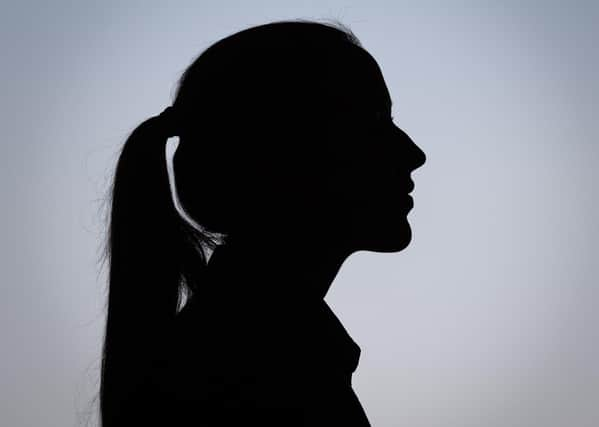Voices of the future: The suffering of women has gone on too long


Endometriosis is a chronic health condition, affecting one in 10 women in the UK, where tissue similar to womb lining starts growing in other places.
This month is Endometriosis Awareness Month.
I spoke to Ruth Wootton, a student at Leeds University, and Dr. Lafina Diamandis, a GP and lifestyle doctor.
Advertisement
Hide AdAdvertisement
Hide AdRuth’s journey to a diagnosis began when she was 12; during her periods she would bleed for up to three weeks.
The next three years were spent going back and forth to the doctor.
Aged 15, Ruth ended up hospitalised after a particularly bad bleeding. She was “rolling around vomiting and hallucinating”. Whilst at the hospital, Ruth was examined by multiple nurses and doctors, which left her feeling violated.
It took another two years for Ruth to get a diagnosis and some form of treatment.
Advertisement
Hide AdAdvertisement
Hide AdOn average, it takes seven and a half years to be diagnosed. Ruth considers herself lucky that she only waited five years.
Dr Lafina explains why this is the case: “Symptoms of endometriosis overlap with the symptoms of several other conditions.
“Whilst ultrasounds can be helpful, they often can’t detect small endometriotic deposits”. She recommends keeping a symptom diary to identify symptoms associated with your period and any situations that trigger you.
Ruth described the impact of waiting for a diagnosis had on her:
Advertisement
Hide AdAdvertisement
Hide Ad“The doctors were sending me away like it’s normal. You feel really stupid and embarrassed”.
When a local GP told Ruth about endometriosis, she had to research it herself.
Endometriosis seeped into every aspect of Ruth’s life.
“Starting romantic relationships and having sex for the first time was terrifying. Things Iwo uld normally do, like playing sports or going to parties, were completely interrupted by my periods.
People around Ruth told her that her experiences were normal, making it an incredibly isolating time for her. Any frustrations Ruth felt about her periods led to her being labelled as hormonal. She felt like she was going crazy.
Advertisement
Hide AdAdvertisement
Hide AdDr. Lafina recognises how lonely it can be and encourages women to find support communities such as Endometriosis UK. Ruth agrees with this and has benefitted from support groups but would like to see this brought to the wider public’s attention to raise awareness.
Ruth wants to see endometriosis treated as a chronic illness, one that patients don’t have to bring to the table. She wants to see it in sex education taught to both boys and girls.
She explained: “There’s nowhere near enough research, there’s no cure, there’s no known cause. We need to educate women on their own bodies of pain isn’t normal”.
The suffering of women with endometriosis has gone on for too long. Instead of sitting back,it’s time that we lobby for change to raise awareness of this condition.
It’s not okay and we need to make a change.
Comment Guidelines
National World encourages reader discussion on our stories. User feedback, insights and back-and-forth exchanges add a rich layer of context to reporting. Please review our Community Guidelines before commenting.